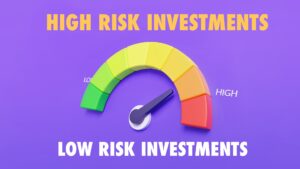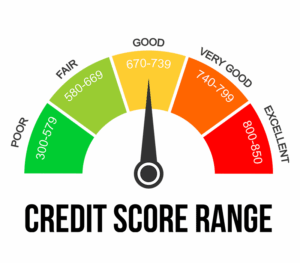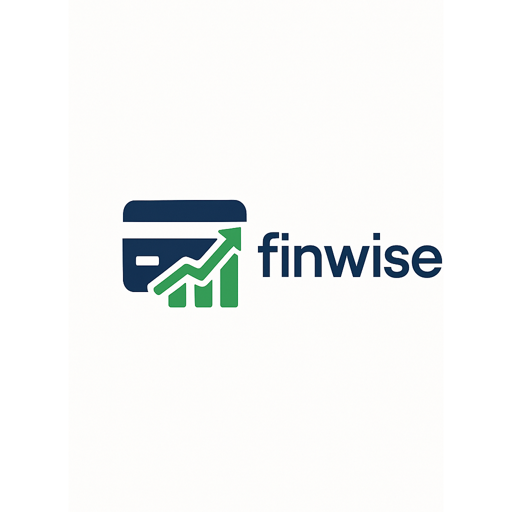Beginner Investments in a Volatile Market: The Best Low-Risk Assets
With economies at a perpetual tipping point, new investors are posing that same question: Where do I invest without risk?

Market fluctuations are scary even for new devs. The good news? While none of those options quite seem possible, you can invest with very low risk, while still allowing your money to grow at a smooth pace over time. This guide will highlight some of the best low-risk investments you can make today and provide you with the reassurance needed for your initial voyages into investing.
The Case for Low-Risk Investing in a Volatile Market
Frequent swings of prices are what we see during more volatile markets, — up and down. These ups and downs provide the opportunity for major profits, but they come with the threat of a catastrophic loss — something many novice investors would prefer to do without.
In such conditions, low-risk investments are the best as they offer:
Safety of Capital (you do not lose your capital),
Consistent (albeit, small) yields, and
Especially during economic downturns or inflation spikes, having peace of mind.
High-Yield Savings Accounts (HYSA)
Ideal for: A place to keep short-term cash on hand.
High-yield savings accounts give you an easy and secure method of earning interest on your cash. HYSA accounts typically are going to pay you something between 2–5% APY, compared to normal saving accounts which pay little to no interest, depending on the bank and the state of the market.
Here, your money is insured up to be $250,000 even if the bank goes under, so it is FDIC insured. Because the funds are liquid, you have access to them at any time which is great if you need to create an emergency fund or save for mid-term goals.
U.S. Treasury Securities
Ideal for: Complete protection and consistency in return
Originally answering the question of about Treasuries being backed by the U.S. government, they are among the safest investments in the world. Here as far as types of:
Treasury bills (or T-Bills) (they mature in less than one year),
T-Notes (2 to 10 years),
T-Bonds (up to 30 years), and
I Bonds, which are inflation-protected.
I Bonds are particularly appealing for novices in turbulent periods because they shield your money from inflation while offering a guarantee of a small base return.
Certificates of Deposit (CDs)
Good for: Fixed-terms with guaranteed returns.
A Fixed Deposit is a type of time deposit that locks your money for a fixed period of time (ranges from 3 months to 5 years) and pays a fixed interest rate. Since CDs are also insured by the FDIC, your money is safe from losses.
Only note: taking money out before maturity usually incurs a penalty — so invest only what you will not need in the short term.
REITs – Low-Volatility Alternatives
Ideal for: Real estate investment in exchange for stable passive income.
Real estate investment trusts (REITs) allow you to invest in real estate that produces income without having to buy any property. Certain REITs — especially some of those not subject to the price fluctuations of the public stock market and/or those that invest in critical infrastructure (for example, healthcare or residential housing) — are more stable than others.
Acquisition low volatility or yield REITs that pay an interesting dividend that might also regularly increase in rocky markets. The right REITs will reduce the risk inherent in the stock market, but will still give you an appreciate in the value of real estate, so they are technically part of the secured assets class.
Money Market Funds
Ideal for parking excess amounts for relatively longer periods with a higher yield than a savings account.
Money market funds are a type of mutual fund that invests in short-term debt instruments, such as Treasury bills and commercial paper. They’re typically not risky and try to ensure the price of their share remains constant $1.
While not FDIC-insured, money market accounts are still something more conservative investors might turn to, giving more interest than checking or basic savings accounts. Ideal for short-term cash management.
Dividend-Paying Blue Chip Stocks
Ideal for: A passive income source that will stick around.
No stock is “risk-free”, of course, but dividend-paying blue chips — such as Coca-Cola, Johnson & Johnson or Procter & Gamble — often continue to perform relatively well, even when the broader market is down.
These are not stocks you expect will make the moonshot but they generally do better through fullness busts than riskier technology or development names. In addition, dividend payments can provide an income stream — or be reinvested to compound total returns.
Diversified Bond Funds
Ideal for: Conservative long-term portfolio growth
Bond funds aggregate investment from many individual investors to buy literally thousands of different bonds — corporate, municipal, and government. Close to new bond fund if it is well managed so exposure to any single issuer you will be low and on average you will get less volatile fund than stock market.
To minimize the risk, consider the following:
Short-term bond funds,
Investment-grade corporate bonds, and
ETFs paramount government bonds such as BND (Vanguard Complete Bond Market ETF)
Helpful Hints for Novices Getting Started
Keep in mind these important principles before you invest anywhere:
✅ Set Clear Goals
Saving for a down payment in 2 years? Or retirement in 30? Your time frame is going to help you figure out what low-risk strategy is most appropriate for you.
✅ Diversify
No investment, even the lowest risk ones, is risk-free. Investing your cash into various types of assets prevents you from losing everything suddenly.
✅ Start Small, But Start Now
There’s never been a better time to start investing than yesterday. The second-best time is today. Thanks to fractional shares, no-fee platforms, and mobile apps, it is possible to start investing these days with as little as $5 or $10.
Example of a Low-Risk Portfolio for Beginner Investors
Below is an example of how a beginner with $1,000 should invest those dollars across a conservative, diversified portfolio:
Investment Type Allocation
High-Yield Savings Account $200
I Bonds $200
CD (1-year) $150
Money Market Fund $150
Bond ETF (Short-Term) $150
Dividend Stock (Blue Chip) $150
It provides liquidity, income, safety, and growth — all while exposing you to far less risk.
Final Thoughts
There’s not eliminating risk altogether — that’s sometimes referred to as high-risk investing — but rather efficient risk allocation. Beginners are almost always better off emphasizing safety, income and stability above all else — particularly in a volatile market.
The perfect recipe is to start small, have discipline and don’t panic when the market moves. Over time and with the right discipline + tools, you can create a financial base that is steady and firm which is able to weather uncertainty.
Our Post

High Interest Rates, Credit Cards and the U.S. Consumer: What to Know in 2025
The Note: How Decelerating U.S. Economic Growth Affects Using Consumer Credit


